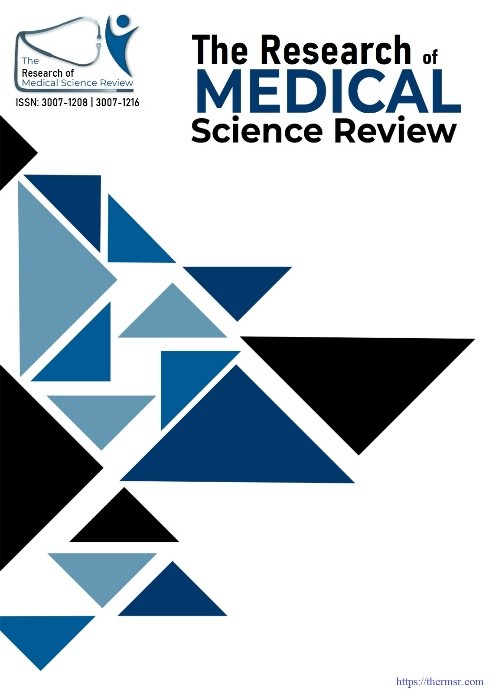ULTRASOUND-GUIDED ERECTOR SPINAE PLANE BLOCK VERSUS PARAVERTEBRAL BLOCK FOR POST-OPERATIVE ANALGESIA IN POSTEROLATERAL THORACOTOMY
Main Article Content
Abstract
Background Posterolateral thoracotomy is a usual method for surgery in the chest and it usually leads to significant post-op pain. Good pain relief is crucial for a smooth recovery and regional blocks are now a main practice in this area. Objectives: to evaluate and compare how much morphine was used by patients after ultrasound-guided erector spinae plane (ESP) block and paravertebral block (PVB), when both blocks were used for posterolateral thoracotomy. Study Design: A Retrospective Observational Study. Place and Duration of Study. The Department of Cardiothoracic Anesthesia Department in RMI Peshawar, from May 8, 2024, to November 8, 2024 Results :60 patients undergoing posterolateral thoracotomy were equally divided into two groups: those with ESP block (Group A) and those with PVB (Group B). For the first two days after surgery, patients were given morphine as prescribed and this use was noted.Group B (PVB) had a daily morphine intake that was significantly less than Group A (ESP): 16.48±9.37 mg versus 33.17±20.34 mg (p=0.000). The trend was the same for people of all ages, genders, BMIs, medical conditions and economic levels. Conclusion: The paravertebral block provides superior postoperative analgesia compared to the erector spinae plane block in patients undergoing posterolateral thoracotomy, significantly reducing opioid requirements.
Downloads
Article Details
Section

This work is licensed under a Creative Commons Attribution-NonCommercial-NoDerivatives 4.0 International License.
